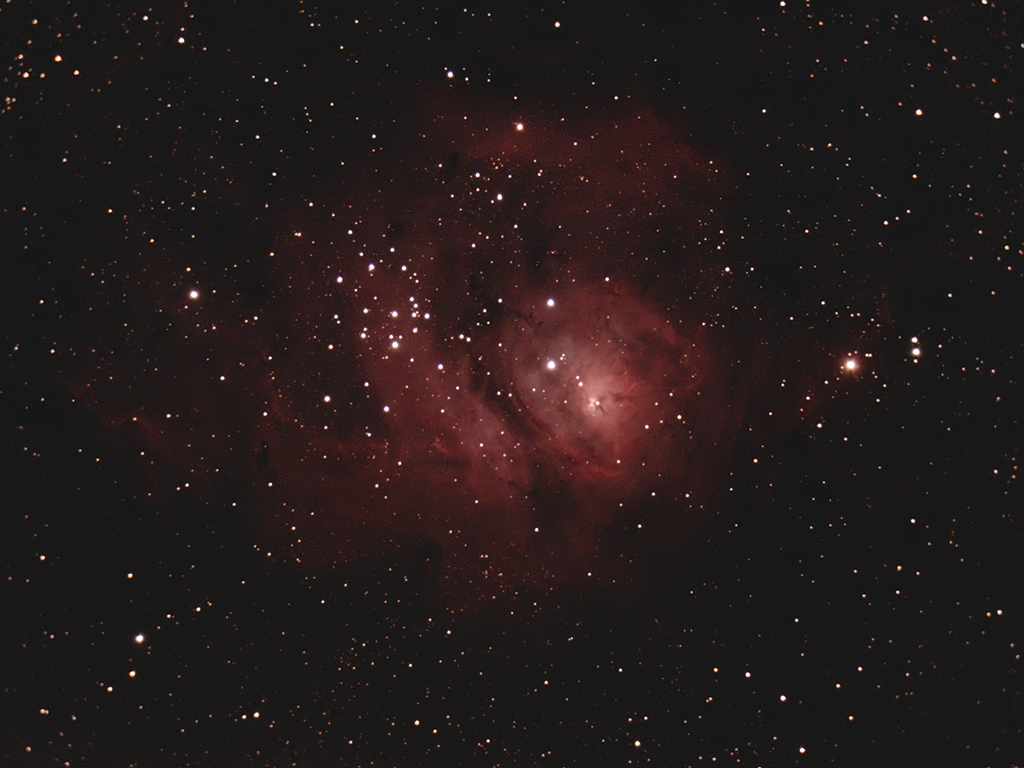
Telescope: LXD75 SC8 @ f/6.3, LX65 mount, altaz mode
Camera: Baader modified Canon 600Da, interval timer
Filter: GSO IR Blocking Filter
Guide scope: None
Exposure: 36x10sec, ISO 1600, saved as RAW
Darks: Internal (Long Exposure Noise Reduction On)
Flats: 32×1/25sec, Tee shirt flats taken at dusk
Average Light Pollution: Red zone, Bortle 8, poor transparency, moonlight
Lensed Sky Quality Meter: 18.3
Stacking: Mean with a 1-sigma clip.
White Balance: Nebulosity Automatic
Software: Deep Sky Stacker, Nebulosity, Photoshop
M8, the Lagoon Nebula, is a large bright emission nebula in Sagittarius. It is an easy binocular object and just keeps getting better with larger telescopes. Visually it does look like a lagoon, but photographically it blossoms out into a beautiful red rose. The color comes from diffuse interstellar hydrogen set aglow by stars embedded within it.
This is one of a series of images that I have been taking to explore using relatively simple equipment and techniques. Diffuse objects like this emission nebula are proving to be a bit of a challenge, but still rewarding.
M8 is currently low in the southwest at sunset.
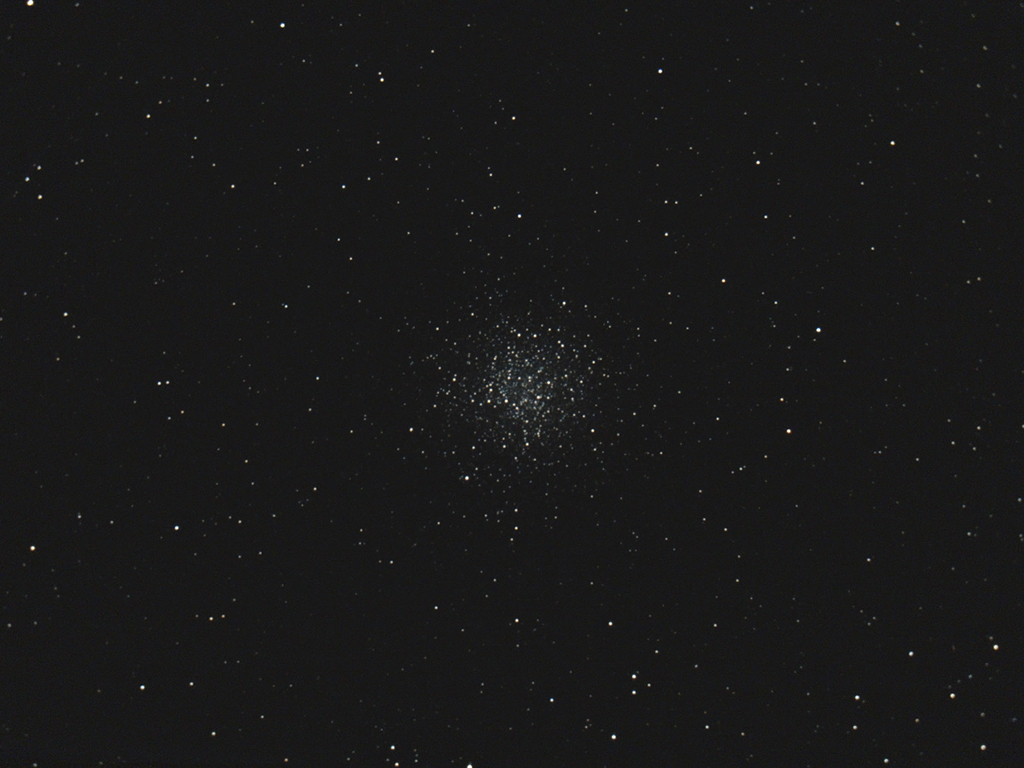
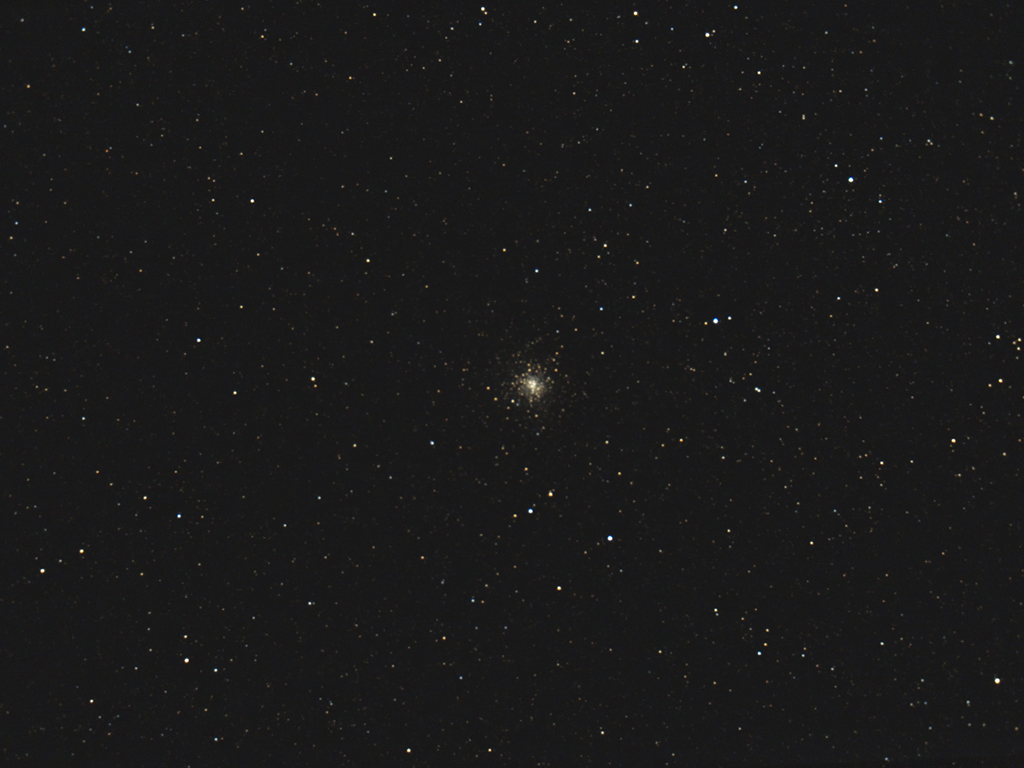

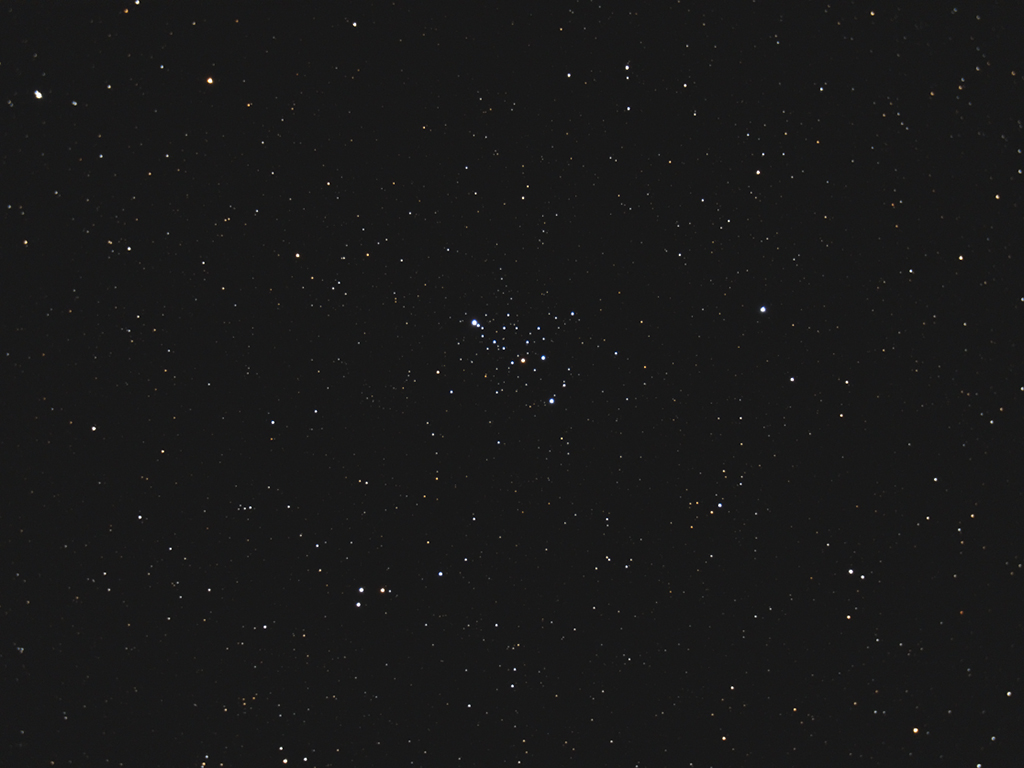
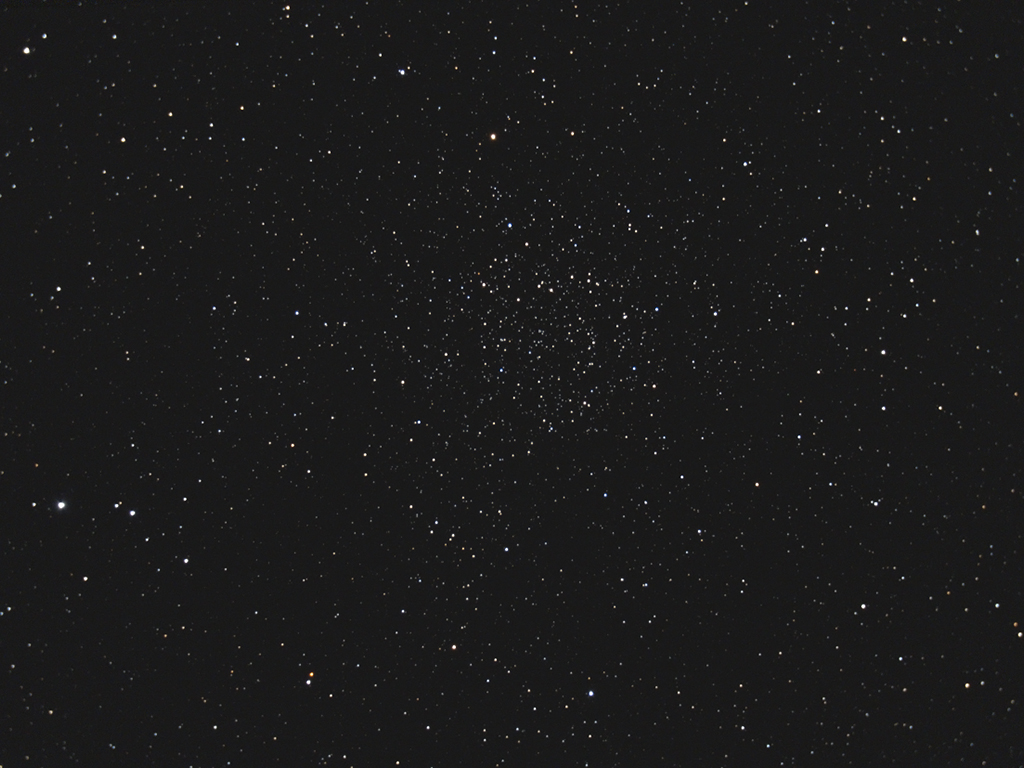
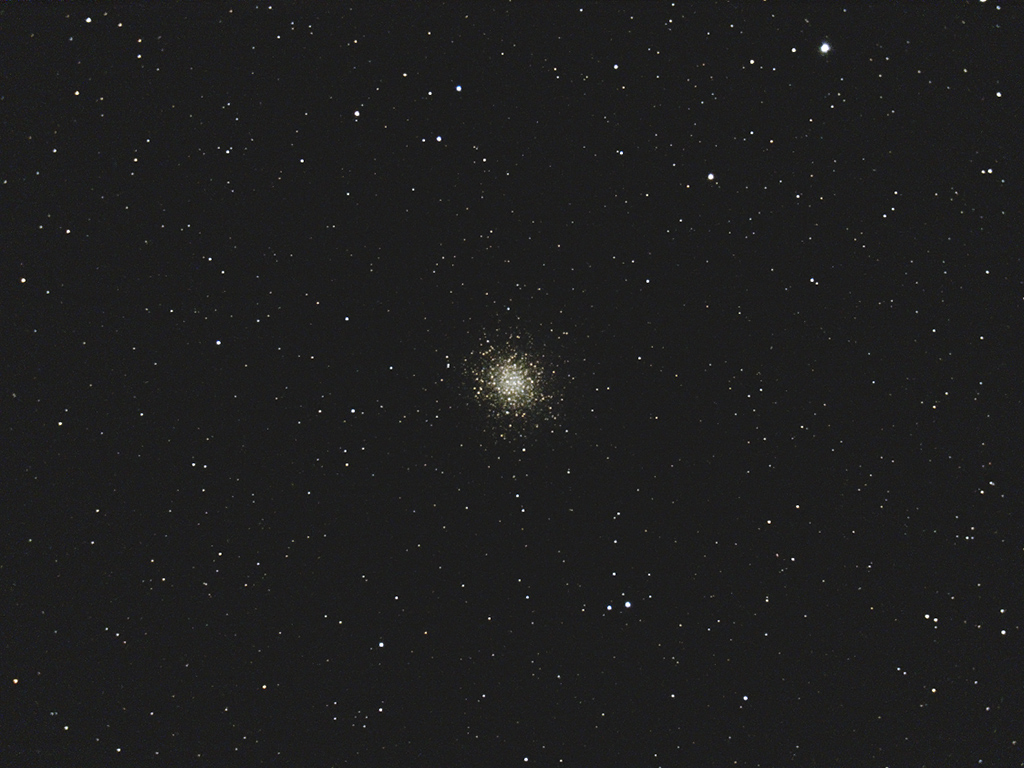
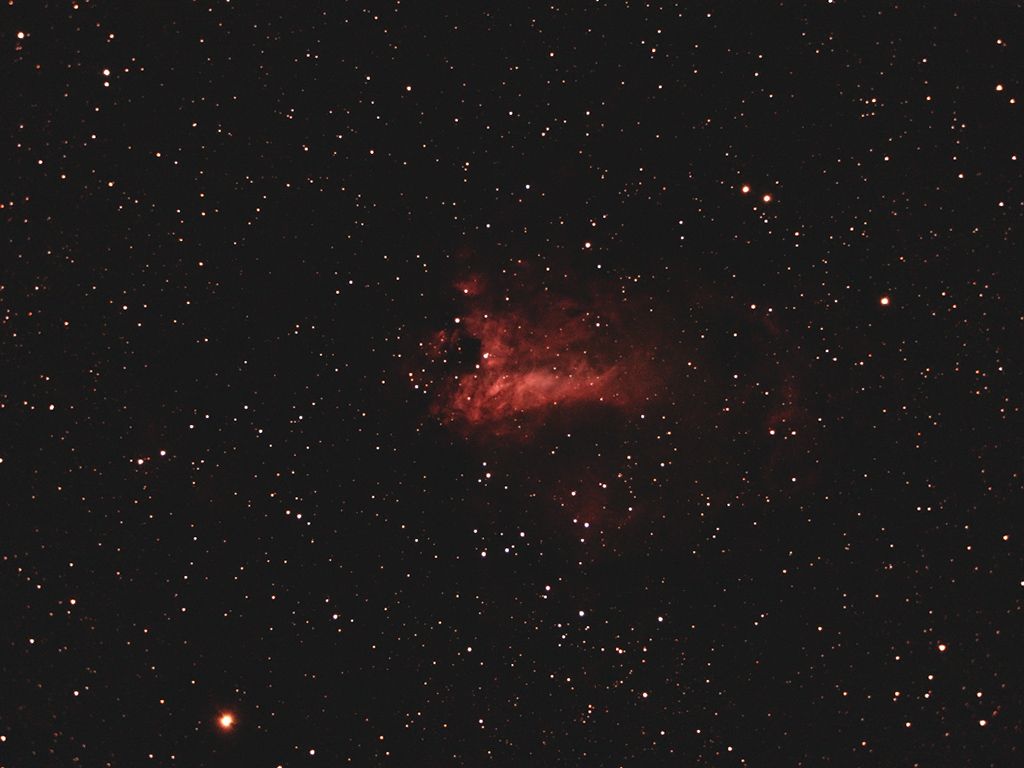
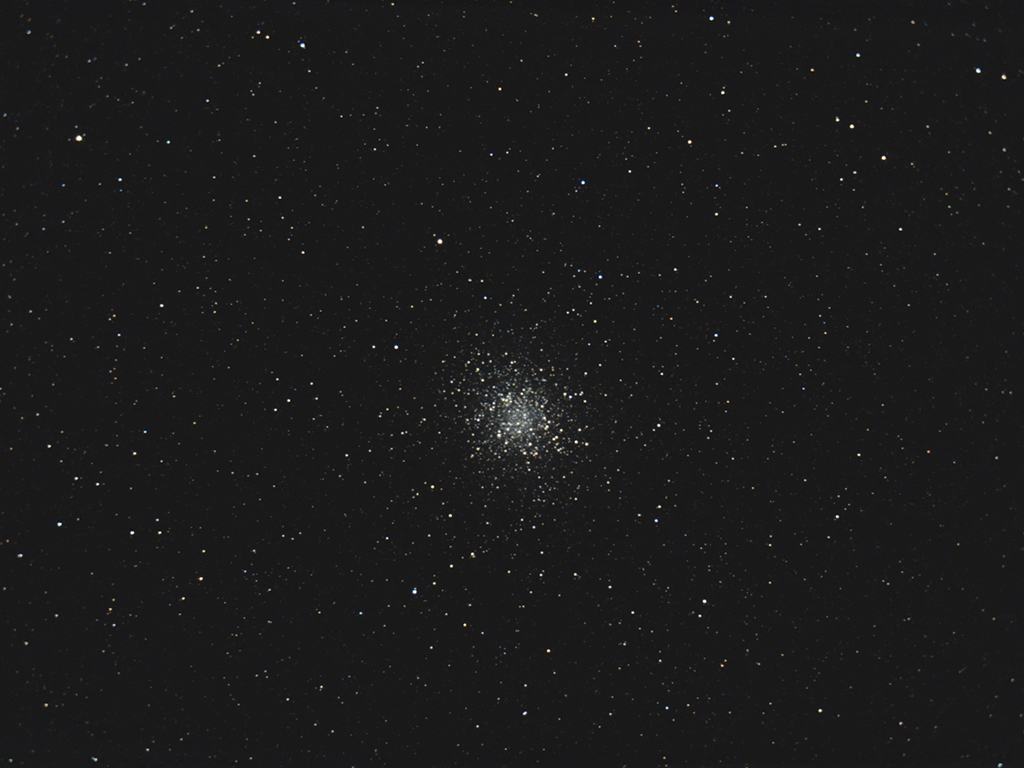
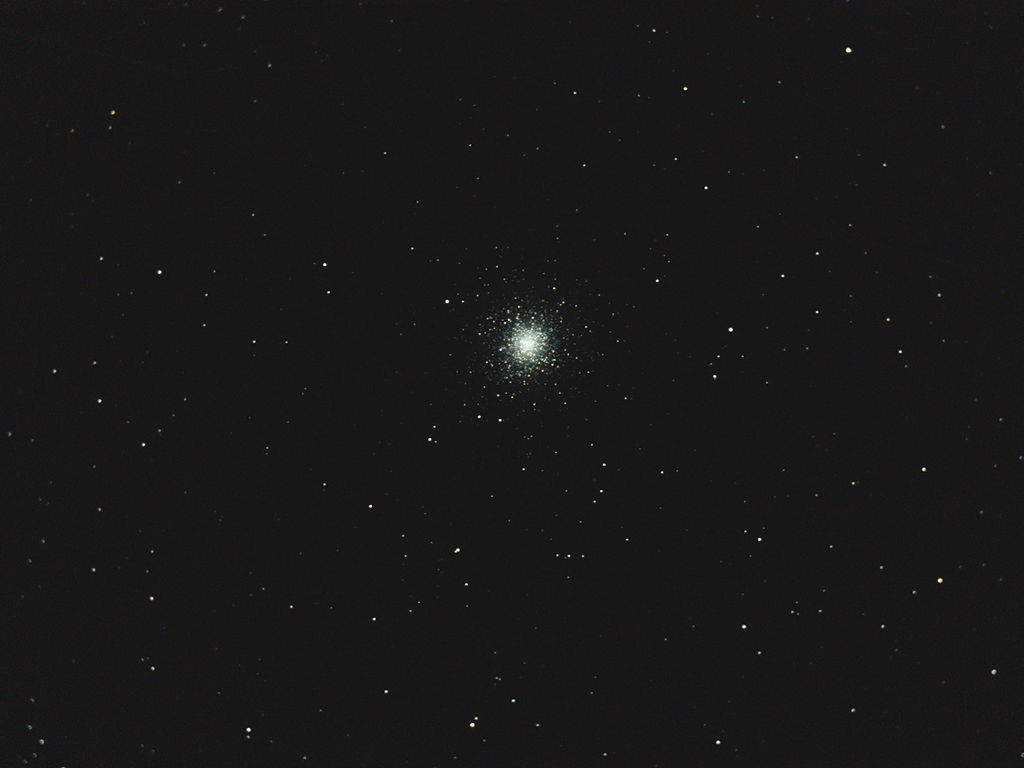
Recent Comments